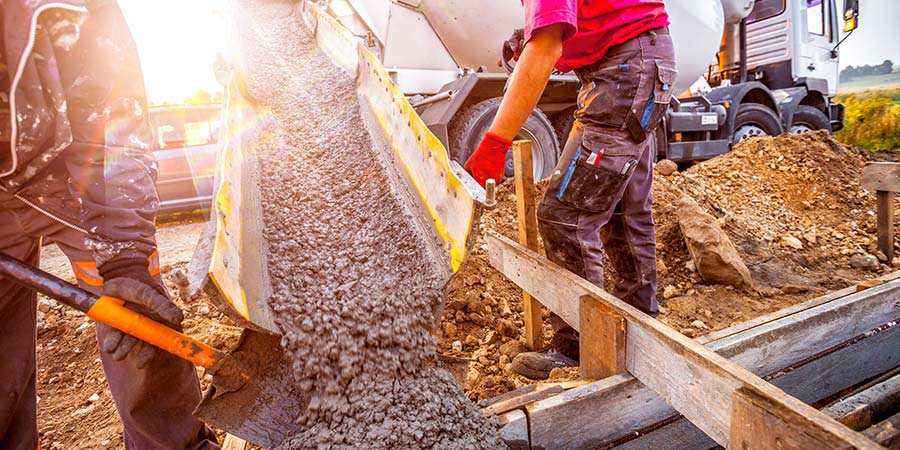Producing high strength concrete

The 632-metre high Shanghai Tower is among one of the tallest buildings in the world, yet it will surely be eclipsed in coming years as developers dream up increasingly larger structures. This drive to build taller structures is causing an increase in the demand for high strength concrete, which is essential for most prestigious high rise construction projects. In this type of construction, high strength concrete is typically needed to satisfy specific applications for flexural strength or modulus of elasticity or to reduce the column size in high rises, thereby increasing the available floor space.
However, concrete producers are encountering numerous obstacles to producing concrete that is high strength, workable and not sticky.
What is causing high strength concrete to be sticky?
- The low water-to-cementitious ratio of high strength concrete often results in concrete batches that are too sticky and heavy to be practical for high rise construction. Sticky concrete is incredibly difficult to pump to great heights or to flow through heavy reinforcement. Concrete contractors may be tempted to add water but this can interfere with the concrete’s strength and other necessary properties. These problems can be even more challenging with ultra-high strength concrete, which may require an even lower water-to-cementitious ratio.
- Most mixtures of high strength concrete contain at least one type of supplementary cementitious material such as blast furnace slag (a byproduct of iron and steel production). Slag can improve compressive and flexural strength, however it brings its own challenges. Slag is finer than cement particles and is irregularly shaped, which can impact the workability of the mix. It also absorbs water, which can cause the concrete mix to be too sticky.
Traditionally, high quality aggregates and cement are used in high strength concrete. However, this can be very expensive to produce, and even when expensive, high quality materials are used, the stickiness issue with high strength concrete cannot be eliminated.
Improving workability of high strength concrete
In addition to paying careful attention to aggregate shape, size and texture, concrete producers can improve concrete workability by leveraging the right admixtures for each specific project. According to the NRMCA, achieving w/cm ratios between 0.23-0.35 is “only attainable with large doses of high range water reducing admixtures or superplasticisers conforming to Type F or G by ASTM C 494." There are now concrete admixtures specifically designed to address concrete stickiness.
Tags
- ADVA Cast
- ADVA®
- Building Envelope Solutions
- Commercial buildings
- Concrete